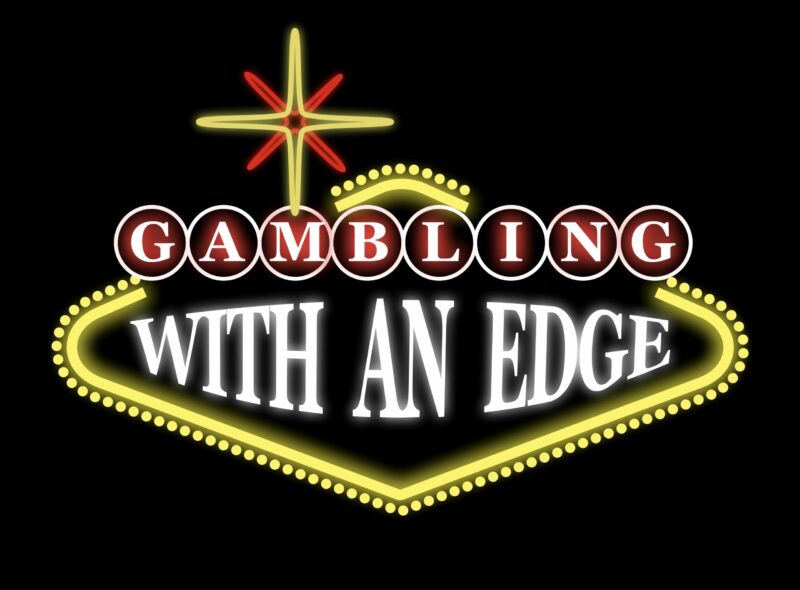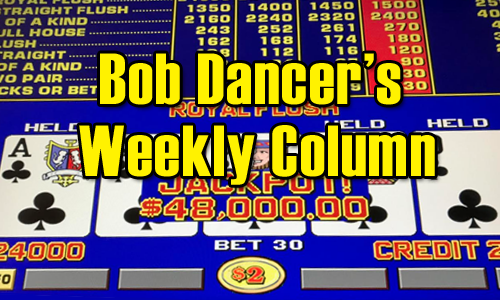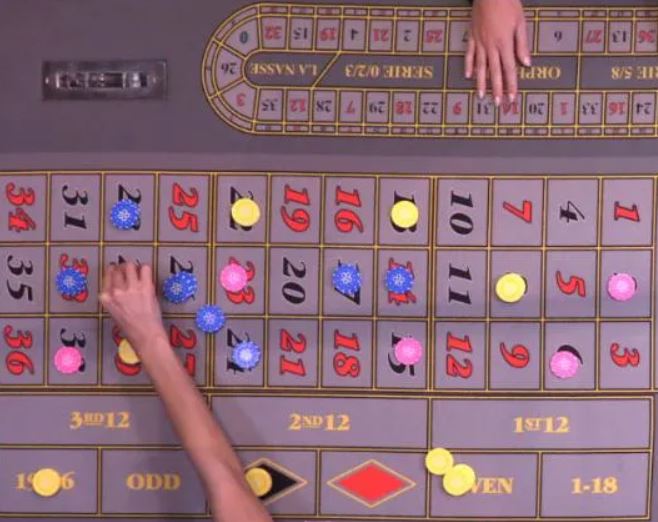Today’s story has nothing to do with gambling — video poker or otherwise. I’m on a cruise ship and have “checked out” from thinking about gambling. I’ll be back to talking about gambling next week. For those of you who read this despite it being outside of my normal subject matter, I hope you enjoy it.
Before this cruise through the Panama Canal, I had only been to Acapulco once before. While Acapulco is a jewel on the southern end of the “Mexican Riviera,” it takes eight or more days to cruise there from Los Angeles, assuming you also stop at two or more of the mandatory Cabo San Lucas/Mazatlán/Puerto Vallarta ports. Seven-day cruises are much more common than eight-day cruises in addition to seven days being the limit of what’s offered for “free” casino cruises.
For whatever reason, when I was in Acapulco previously, I neglected to see the cliff divers do their thing. Bonnie hasn’t seen them either, so that’s how we decided to spend our day there. There were numerous excursions offered by the cruise ship which included a stop to see this attraction, but I was sure I’d have numerous cheaper options to get there once we got on shore.
Bonnie twisted her ankle a day before Acapulco, so she decided to rest on the ship. She wanted a few things from a pharmacy, so I planned to go ashore. And so long as I was ashore, why not see the cliff divers?
I read in the literature that what I wanted to see was only a 20-minute walk from the ship. Wonderful! I can walk further than that. At the gym at home, I frequently run 2 miles in 30 minutes. Yes, that’s pretty slow, but I suspect most 76-year-olds can’t do that. And I can use the walk as a pleasant substitute for my daily laps around the top deck. Plus, I’ll keep my eye out for a pharmacy along the way.
In the port area, I was told that I certainly could walk, but it was not easy. Better to take a $5 cab ride each way. But if I really wanted to take that walk, turn left out of the port and look for signs directing me to La Quebrada.
So, I set out afoot. I had to run the gauntlet of vendors trying to get me to take a tour of some sort or sometimes buy something, but after saying “No thank you” a few dozen times, I was out on the street. The first ten minutes of walking were all along the shoreline, and I identified two separate pharmacies to visit on my return trip. I saw a sign telling me to turn right to get to La Quebrada. So far. So good.
This was about time when I realized that running for 30 minutes in an air-conditioned gym back home is not the same as walking in 95-degree heat with a lot of humidity thrown in. But that wasn’t the part that bothered me the most. Cliff divers jump into the sea, but they do it from elevation. The last half of my trip distance-wise (and two-thirds of my trip timewise) was walking up an incline of 30 degrees or so. After the fact, it seems like I should have realized this would be the case before I set out. But I hadn’t. And it was much tougher than I had figured.
I made it, eventually. It turned into a 30-minute walk, and I was drenched with sweat by the time I got there at about 10:10 in the morning. The sign at the entrance to the cliff-diving area ($10 admission – not a problem) said the divers jumped at the top of each hour. That meant I had 50 minutes to wait. There were some restaurants and gift shops in the area, but I wasn’t interested in that. They assured me that the next jumping would be in twenty minutes. I paid my fee and went in.
They had two viewing levels. The better viewing, by far, required descending 100 stone steps. Descending didn’t bother me. But after my uphill hike to get there, I debated whether ascending those 100 steps after the show would be a problem. While I pondered that, I noticed the only places to sit (other than on the ground) were stone benches on the lower level. I wanted to sit down, and I wanted to get a better view of the diving, so down the steps I went.
About 10:30, a couple of people with NCL key cards on lanyards around their necks sat down next to me. I didn’t recognize them from the ship, but it was easy to start a conversation. They told me they were told the next show was going to be in twenty minutes! I guess that’s what everybody is told, no matter how soon the next show was actually going to be.
About 10:50, I stood up and made my way to the edge of the viewing area. There were quite a few people waiting and it was clear that not everybody would be able to get next to the edge. I got right next to the 4-foot-tall retaining wall and could see straight down into the water. There were cliffs across the water maybe 100 feet away from my viewing position. It was unclear exactly from where the divers would jump. The cliffs themselves were unimproved on both sides.
At 10:55, two Indian children, approximately 10 years old for the girl and 15 years old for the boy, climbed down the cliffs from our side. I wasn’t sure what they were going to be doing. Perhaps an apprenticeship of sorts? Perhaps there was key information to be passed to the divers? I didn’t know.
Shortly thereafter, four Indian males — ranging in age from perhaps 18 to 30 years old, appeared at the top of the cliffs on the opposite side. Nobody was in a hurry. The whole show could have been over in one minute or less, but what kind of a show would that be?
The first diver threw a plastic sandal into the water which floated on top. I’m not sure what he was checking. It was a rather small area they were diving into — and very likely tides and other factors were important for their safety. The boy swam out and got the sandal. I didn’t see any signals from the kids to the divers. The diver did a nice swan dive and climbed up the rocks on our side.
One down. Three to go. But once you’ve seen the first dive, you’ve seen them all. They jumped from slightly different places, not all did swan dives, and the last two jumped simultaneously. There were five minutes or so between diver 1 and diver 2, and another five between diver 2 and the at-the-same-time divers 3 and 4. Each diver made his way to the top of the cliff on our side, and the two kids followed them up.
As we climbed the 100 steps to the upper area in order to exit (some of us going much slower than others), others were coming down. Apparently, they heard that the next show will be in twenty minutes! The divers were all standing near the top, holding signs encouraging the viewers to leave a tip if they enjoyed the show.
There were cabs available for the ride back, but downhill would be much easier than uphill, plus I wanted to stop at one or both pharmacies. So I walked again. The route was simple (go downhill until I reach flat ground and then turn right until I reach the Pacific Ocean. From there I should be able to see the ship. And if somehow I got lost, I had cab fare.)
I’ve been to the other three typical ports on the Mexican Riviera perhaps 10 times each. Shopkeepers and the citizens mostly spoke English fairly well. In Acapulco, not so much. Maybe it’s because cruise ships don’t get down this far very often. Still, with whatever I remembered from 60-years-ago high school Spanish classes and sign language, I got by. In the pharmacy, I typed what I wanted into a cell phone, which translated it into Spanish. I learned an ice bag for Bonnie to nurse her ankle was a “bolsa de hielo.” Not that either pharmacy had one for sale, but at least I learned how to ask for one.
I’m glad I saw the cliff divers. It was a bucket-list sort of thing. I have no need to ever see them again.






